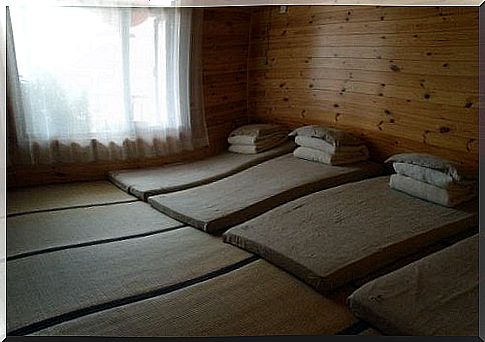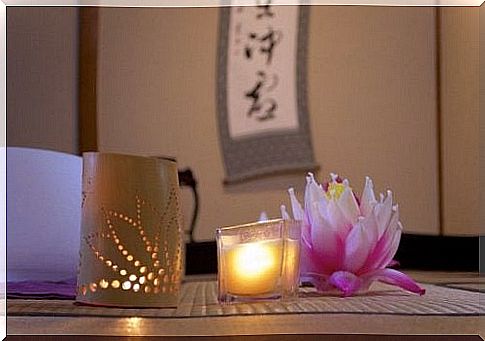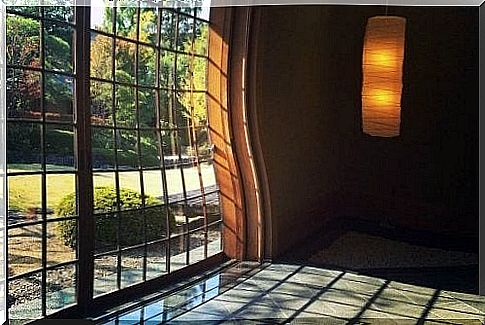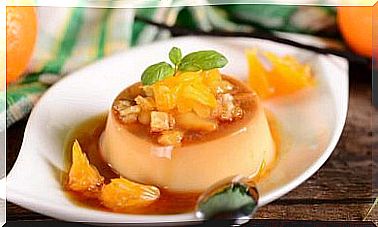The Japanese Style In Your Interior

The interior of the Japanese is a reflection of their culture, which is characterized by simplicity, reverence and love for nature. The respect that the Japanese have for natural things has also been extended to their homes. Do you also want a soothing and calm atmosphere in your home? Then choose the Japanese style in your interior.
The features of the Japanese interior
If you want the Japanese style in your interior, it is useful to know what characterizes that style.
- The Japanese interior is particularly striking for its minimalism. The Japanese use little furniture and like a sober and simple decor. They hardly use decoration, but only the most necessary furniture, without frills.
- A second characteristic is order. Responsibility and hard work are highly valued in Japanese culture, so disorder or clutter is not desired.
- The environment should be clean and tidy, and connected to nature. The decor is simple, with many straight lines. This is the ideal style to keep your place in order, and achieve the calm that is also found in this Eastern culture.
The Japanese style in your interior

If you follow the following steps, you can easily integrate the Japanese style into your interior. The goal is to create a minimalist environment, with only the necessary furniture. This prevents you from cluttering up the space.
Asymmetry
In Japanese culture, symmetry is synonymous with stillness. Asymmetry, on the other hand, stands for creativity. With this interior style it is therefore important that you place the objects and decorative items asymmetrically in the room.
A low bed
In Japanese houses you will always encounter low beds. Normally the mattresses, which are called ‘tatami mats’ in Japan , are made of straw.
Low beds give a warm appearance and a pleasant feeling of comfort. Contrary to what you may think, the mats are hard enough to sleep comfortably on.
Low tables and seats
Japanese people usually sit on the floor. The tables are low, compared to the western models, and have a thick top. For seating, they use comfortable cushions instead of chairs.
Natural elements
Nature is ubiquitous in Japanese culture. The Japanese use all kinds of wood, often choose plants for decoration, and always show their respect for water.
Add the following elements to every room in your home:
- Put some traditional Japanese plants in your house, such as bamboo or a bonsai tree. These look natural and always retain their green color.
- In addition, try to ensure that your windows offer a view of the greenery outside.
- Create small gardens in certain areas of the room, with wood and stone details.
- Finally, water sources and fountains provide a calm and calm environment.
Japanese style doors and windows

In Japanese houses there is often a lack of space. The Japanese therefore try to make optimal use of every centimeter in the house.
This is reflected in the fact that they do not use regular doors, but sliding doors. These sliding doors are usually wide and transparent and often have a wooden frame. They often serve as a door and as a wall.
The windows in Japanese houses are usually very large so that you can see the natural world outside. Like the doors, you can usually slide the windows too. They often also have the same structure as the Japanese sliding doors.
Room dividers are widely used to divide indoor spaces. The screens are movable, transparent and simple. It is a practical tool for dividing rooms in a quick and effective way. They are, without a doubt, a great solution if you have limited space at home!
Japanese bathtubs
In Japanese culture, taking a bath is a relaxing and cleansing activity. The typical Japanese bathtubs are therefore rectangular and deep. They often have a seat, so that you can immerse your whole body in the water.
They used to be made of special wood. The water absorbed the aroma of the wood, which had a relaxing effect.
Japanese flower arrangements
Finally, you will often find “ikebanas,” or flower arrangements, in Japanese homes. They often have rectilinear shapes, and are made from stems and branches in their natural form. Every Japanese celebration has its own ikebana.
The beautiful Japanese culture is unmistakably reflected in the interior. Take advantage of their centuries-old art of saving space and their appreciation of nature.
If you also bring the Japanese style to your interior, you will see that you have created an orderly, respectful and simple environment.









